- Best Soaker Hose Options Your Yard Truly Needs This Year - January 5, 2024
- Best Tomato Planters You Should Really Consider for Your Garden - December 21, 2023
- Best Home Depot Tomato Cages to Support Your Plants - December 16, 2023
Most of my life has been spent in the Midwest, so I was very excited to learn more about gardening in a different part of the U.S. My husband lived in Virginia once upon a time and he explained how different it is to garden there compared to my home state. I learned that it is not only weather patterns and latitude that affect growing zones, but also, geography and elevation.
If you currently live in Virginia or plan to move there, you are going to need to learn more about your growing zone. Without this information, you will be frustrated with your plants.
My purpose for writing this article is to thoroughly describe each of the USDA growing zones in Virginia, tell you about the native plants of the area, and give some recommendations for what you should grow in your garden. Once you have read this article, you will be prepared to garden anywhere within The Old Dominion.
Quick Facts: Virginia Growing Guide
The state of Virginia has seven growing zones that range from 5a to 8a. The zones are differentiated from one another mainly by comparing the average minimum temperatures within an area. Most plants are capable of growing in neighboring zones but may require a little extra care.
Virginia is a great place to grow crops such as beans, corn, squash, and potatoes. It is also ideal for apple and dogwood trees.
Virginia’s Native Plants
Perhaps, you are starting your garden with the intention of growing native fruits, vegetables, and other plants. If so, you are in the right place. This portion of the eastern seaboard contains a vast array of plants, trees, and flowers.
If you live here or just drive through one day, your eyes will never tire of Virginia’s natural beauty. To help you start your native garden, here is a list of some of the most amazing native-to-Virginia plants you’ll find:
Fruits, Vegetables, and Other Edibles
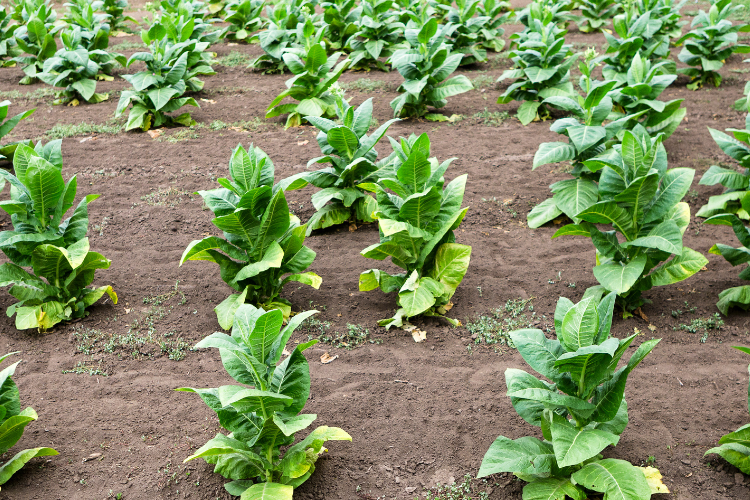
- Beans
- Bottle Gourd
- Chives
- Maize
- Maracock
- Slender Amaranth
- Squash
- Sunflowers
- Tobacco
Grasses
- American Beach Grass
- Sweet Flag
- Buffalo Grass
Perennial Flowers
- White Yarrow
- White Baneberry
- Black Cohosh
- Thimbleweed
Shrubs
- Bearberry
- Red Chokeberry
- Black Chokeberry
Trees
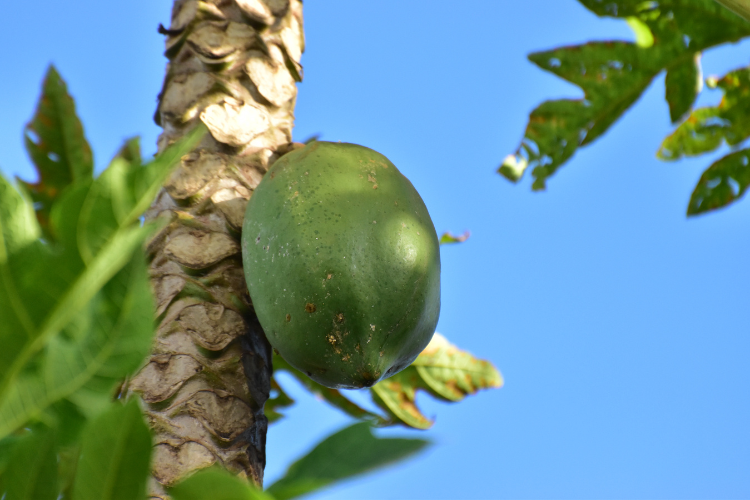
- Fraser Fir
- Box Elder
- Red Maple
- Florida Maple
- Pawpaw
- Yellow Birch
- Sweet Birch
How to Find Your Growing Zone
Use the USDA Plant Hardiness Zone Map to find your growing zone. You don’t need to be good at geography or any other technical science to figure out your growing zone; you simply enter your zip code and the interactive map does the rest.
Maps such as these only include the minimum average temperatures and do not include other pertinent information such as average maximum temperatures, average precipitation, or average frost dates. For these averages, you will need to check other websites.
- The average maximum temperature of Virginia ranges around 85° F. Weatherspark.com has a very detailed graph of monthly temperatures throughout the state.
- Virginia averages 38” of rain each year and 14” of snow. Bestplaces.net gives a detailed analysis of this state’s precipitation and comfort level.
- Another website you should visit regularly is Garden.org. On this website, you will find when the average first and final frosts of the season are in your area.
Virginia’s Growing Zones
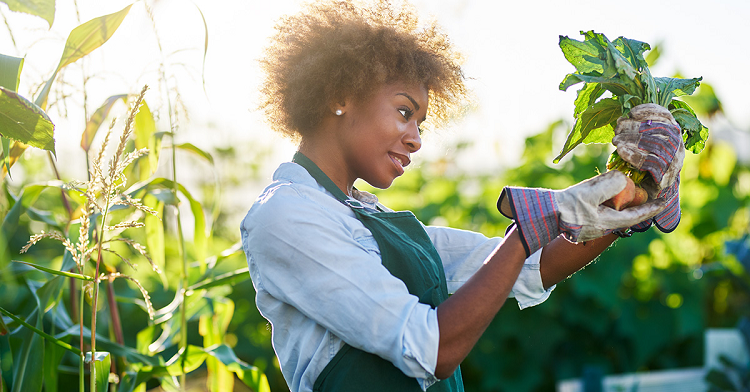
The state of Virginia has seven growing zones ranging from 5a through 8a. Many of these zones allow you to grow similar types of plants, but some do not.
Zone numbers differ by 10° F. Since temperature plays such a vital role in determining growing zones and plant sustainability, I have included the following graph that shows the minimum average temperatures for each zone in Virginia.
| Virginia Growing Zones | Minimum Average Temperature (Fahrenheit) |
| 5a | -20 to -15° |
| 5b | -15 to -10° |
| 6a | -10 to -5° |
| 6b | -5 to 0° |
| 7a | 0 to 5° |
| 7b | 5 to 10° |
| 8a | 10 to 15° |
Virginia’s Growing Zone 5a
This includes a very tiny section of the northwestern part of the state. In fact, this zone is so tiny that its plant requirements may be more accurately labeled as 5. This is because most plants that are capable of growing in this zone should be acclimated to growing in 5b as well.
Recommended Plants
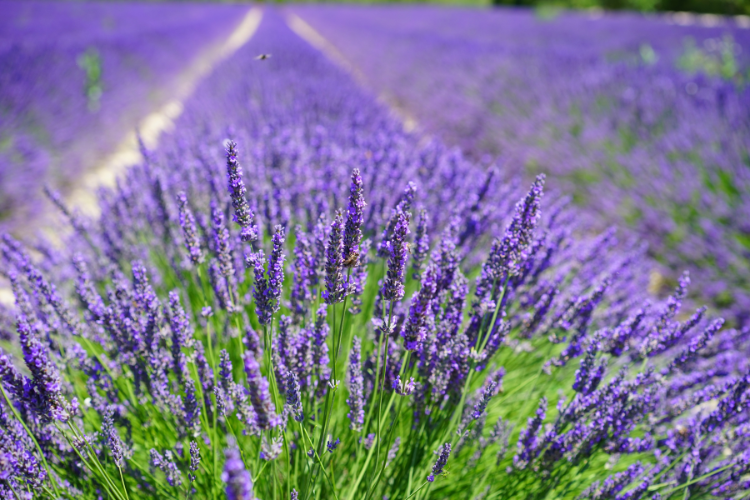
Here are five plants that I recommend you try in zone 5a. I think these will not only be successful but will also be beneficial to your living space or culinary adventures.
Beets – I love beets in my smoothies. That sounds weird but it’s the only way I’ll eat these very nutritious root vegetables. Someday, I plan to grow a few myself, but until then, I want to encourage every other gardener I know to do so. If you do plant these, be sure to put them in well-draining soil between March and April.
Beans – These are native-to-Virginia plants, so why not grow a few in your Virginia garden? Whether you grow bush or pole beans is up to you, but be sure to sow the seeds into well-draining soil that is at least 60° F.
Lavender – This decorative plant is so beautiful that I grow it everywhere I can. Since the climate of Virginia is welcoming to such a beauty, I say grow it there too. Just make sure it gets plenty of sunlight and doesn’t sit in soggy soil.
Peonies – This particular flowering bush may be a little finicky, but once you see those springtime blossoms, you won’t care.
Redbud – This may be my favorite tree ever. If you’ve never been privileged enough to see a Redbud in springtime, you have not yet lived. Fortunately, you can grow your own in Virginia and never miss out on that springtime experience.
Virginia’s Growing Zone 5b
This zone is only slightly larger than zone 5a. It is also in the northern and westerly regions of the state. It includes the city, Springville, in particular.
Recommended Plants
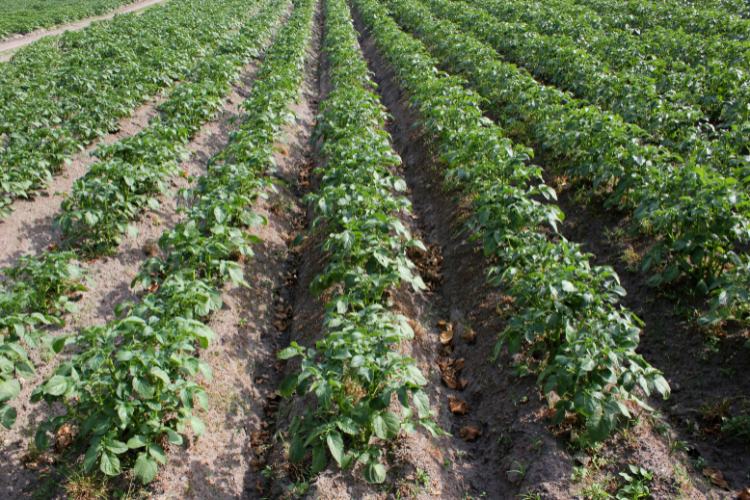
Within this zone, you can plant most of what is available for zone 5a. But, I would like to recommend five other plants that will grow very well here.
Potatoes – I don’t know of anyone who doesn’t love a potato. These amazingly versatile tubers are great for nearly any dish and are also great for growing in Virginia. Just make sure to plant them after the final frost of the season.
Pumpkins – Why not grow your own Jack-o-lantern? Your kids will have so much fun picking out their very own pumpkins from their very own pumpkin patch. One thing to note is that if you want pumpkins right around Halloween, you should wait to sow their seeds until July. Always check the seed instruction pack first.
Tomatoes – You’re never going to go wrong if you choose to grow a bunch of tomatoes. They can be put into sauces, salsas, salads, sandwiches, and soups. Any food that starts with an “s” apparently. Well, whatever you choose to cook them into, you need to grow them first. Always transplant tomato sprouts after the last frost of the season and make sure their soil is well-draining and highly nutritious.
Daylilies – If you’re looking for something to bring a little color to your yard, then try these flowers. Sure, the blooms only last a day, but a clump of plants can produce hundreds of blooms over the course of a month. As long as you give them well-draining soil and plenty of room to grow, you can let these flowers handle life on their own.
Foxglove – Here is another lovely flower to place throughout your yard. As long as they have shade when it is extremely hot and sunny, plus well-draining soil, they will flourish in Virginia. As a note of precaution, you may not want to plant these if you have small children since they are toxic.
Virginia’s Growing Zones 6a & 6b
If you live in Shenandoah county or cities such as Blacksburg, St. Charles, or Seven Mile Ford, you live in this growing zone. In Virginia, zone 6 is mostly found to the west of the Blue Ridge Mountains.
Recommended Plants
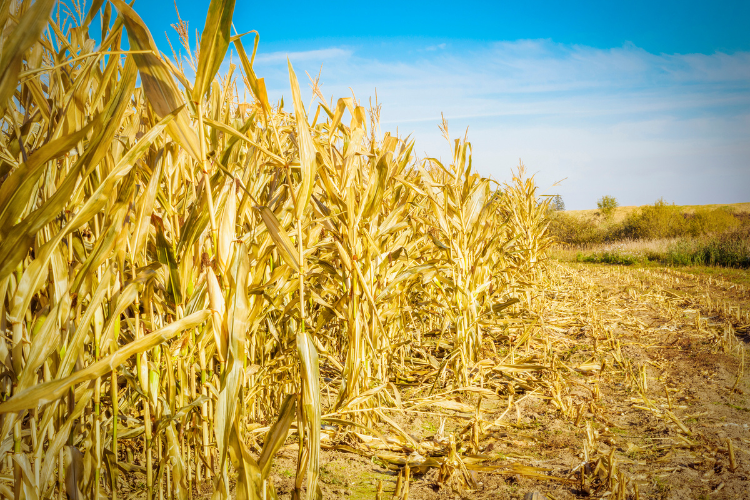
I’m very familiar with growing zone 6 plants because I’ve lived within it for much of my life. Since this is a familiar zone to me, I am combining 6a and 6b into one subtopic. I am aware that the elevation and geography of Virginia are different from my home state, but the type of plants do not vary much. Without further ado, here are five of my favorite zone 6 plants:
Corn – This is a staple in my garden and in my kitchen. My family has been growing large quantities of corn since before I was even thought of. Their love of this grain was naturally passed along to me and I am passing it on to my gardener friends in Virginia. My favorite way to grow corn is in a traditional three sisters companion garden. Give it a go. Your tastebuds will thank you at harvest time.
Cucumber – Next to tomatoes, this was my grandma’s favorite veggie to grow. She loved sending her kids home with bags of them and I can never eat one without thinking of her. Just make sure to give your cucumbers well-draining soil, plenty of sunlight, and a trellis for vining.
Watermelon – You can never go wrong with a watermelon garden; they may be the best fruit ever. Even if you disagree with me on this one point, you will probably agree that they are a lot of fun to watch grow. Give your family a special treat this year by growing a big patch. All you need is well-draining soil and a lot of sunshine.
Hydrangea – I had to convince my cousin that hydrangeas are capable of growing where we live. She wanted to grow one in her yard so badly but always believed they needed warmer weather. Now she knows that zone 6 plants include hydrangeas. I say if you can grow them, do so. They are beautiful and once they are established, you really don’t need to fuss over them.
Weeping Blue Atlas Cedar – This is the most dramatic-looking tree you may ever see in zone 6. Therefore, you should plant one in your yard. While its looks may scream drama, it is actually a rather passive plant. Just give it plenty of sunlight and well-draining acidic soil and it will flourish without much more help.
Virginia’s Growing Zone 7a
This zone is just to the east of zone 6. Some cities that lie within this zone are Roanoake and Salem.
Recommended Plants
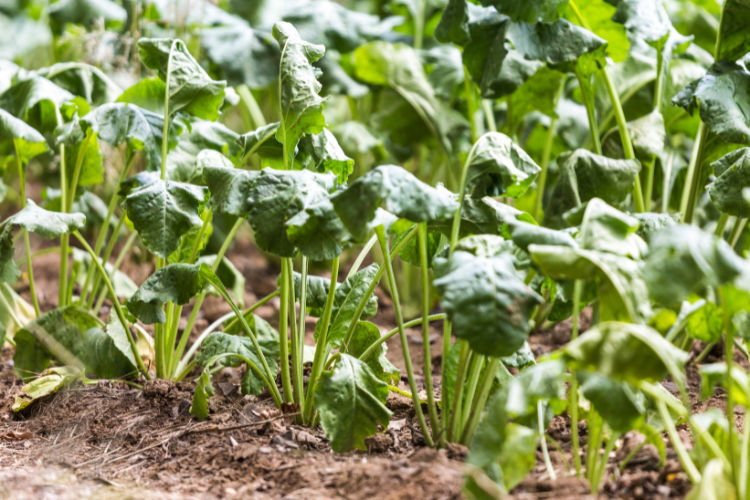
You’re going to find that this zone has many plants that are crossovers from zone 6. Because of this, I am going to focus more on deciduous trees that I recommend growing in this zone. As far as vegetables and fruits that are compatible within zone 7a, these include:
- Beets
- Broccoli
- Carrots
- Kale
- Peas
- Radishes
- Spinach
- Turnips
The deciduous trees that I recommend growing in zone 7a are:
Japanese Maple – This tree is beautiful when it first blooms in spring and when its leaves turn in fall. Well, I think it might also be beautiful in summer and winter. You’ll have to decide for yourself. Fortunately, growing a Japanese Maple is rather easy. Just provide it with a slightly shady spot, a little mulch, and plenty of water when it’s hot.
White Dogwood – Here is another beautiful tree with lovely springtime blossoms. I think I have a type when it comes to trees. White Dogwood is a little more finicky than Japanese Maple because it needs the protection of other, bigger trees so it doesn’t burn or get stressed. It also requires fertilizing, mulching, consistent watering, and acidic humus-rich soil.
Crabapple – Obviously, I couldn’t leave out “the jewels of the landscape” when recommending trees. This type of tree is not so finicky but still so beautiful. When it is first planted, it will need some attention, but once it is established, you should not have to do much for it.
Virginia’s Growing Zone 7b
Quantico, Prince George, and Baskerville are three cities within Virginia’s zone 7b. Most of this zone is east of 7a and directly west of 8a.
Recommended Plants
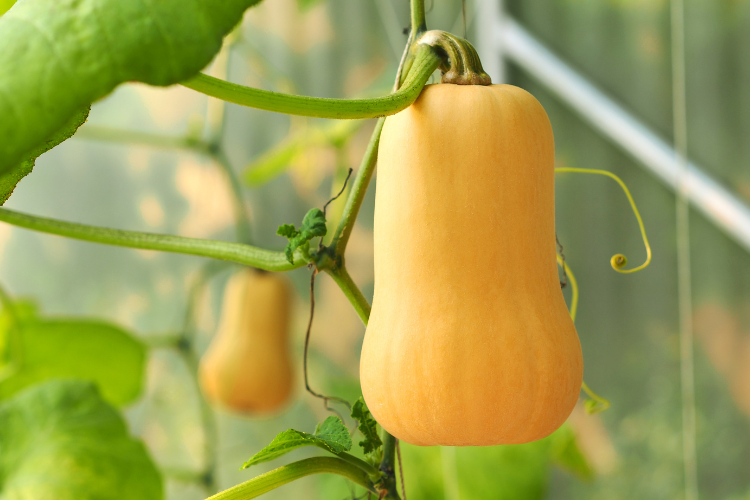
Most of the plants that grow well in zone 7b also grow well in zone 7a. The thing to keep in mind when growing the same plant in a different zone, no matter how close they are to each other, is sowing time.
Because zone 7a is, on average, 5° cooler than zone 7b, plants in 7a are sown slightly later in the season than plants in 7b. This will, of course, depend on when the final frost of the season occurs. So, I recommend you always check your local frost schedule before planting anything.
Two veggies that I recommend growing in zone 7b are:
Squash – There are hundreds of squash varieties from around the world but Acorn and Butternut are the best for zone 7b.
Sweet potatoes – These are highly nutritious, and when cooked right, highly delicious. I love turning these into oven-baked sweet potato wedges. With a little olive oil, salt, pepper, paprika, and garlic, you have a fine-sidedish or main munchie. Wait a few weeks for the last spring frost to pass and get your sweet potato garden growing. It will be lovely; I promise.
Virginia’s Growing Zone 8a
This zone runs from the east of zone 7b until it hits the Atlantic coast. Bayside, Gargatha, and Harborton are three cities within zone 8a.
Recommended Plants
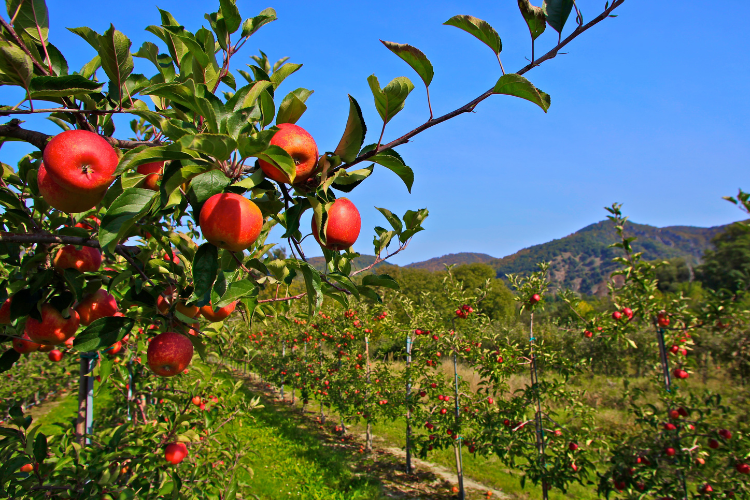
With a little research, you will quickly find that zone 8a grows many of the same plants that are grown in zone 7. The difference is that zone 8a stays warmer and has an earlier spring season than zone 7. This can be a big difference because crops can be planted and harvested earlier in the year. Perhaps, there is also the chance to have more than one harvest of the same crop.
Two plants that I recommend growing if you live in zone 8a are:
Apple Trees – Sure, these trees will cause you a little concern while they are young, but think of the profits when they produce delicious apples. Just make sure to plant them when the weather is nice and warm and they have the right pH levels in their soil.
Bird of Paradise – Okay, so I’m a little partial to this tropical plant because it reminds me of my days living in Papua New Guinea. The plant is from South Africa, but PNG has the real deal – an actual bird. Yes, these will grow in zone 8a when the weather is warm; however, they should be brought indoors when temperatures get below 50° F. This isn’t so much to ask for such a beautiful plant.
FAQs
Answer: The Flowering Dogwood is the official tree of Virginia. With that in mind, perhaps you would like to grow a few of these in your yard.
To satiate your curiosity, the state fruit is Pawpaw and the state vegetable is Gilfeather Turnip.
Answer: Yes, of course, there is. This happens all over the world, especially when travelers did not take any precautions about the plants brought with them. In fact, European settlers brought most of the “now common” weeds with them. Some examples of invasive species that are currently being dealt with in Virginia are:
• Japanese Honeysuckle
• Autumn Olive
• Kudzu
Answer: Yes, most large countries have their own version of plant hardiness zones. If you plan to travel or move to another country, but still want to garden, you can access a World Hardiness Zone Map here.
In Conclusion
Studying the growing zones of Virginia has been thrilling for me. I have learned so much about different sciences, as well as, a little history of the area. Hopefully, you have gathered all the information you need to grow a great garden in your Virginia zone.
For more help with your garden, try one of these articles written by my awesome Jardin HQ colleagues:
- Planting Zones Explained: The Key To Successful Gardening
- The Best Garden Tool Essentials You Need to Know Of
- How to Start a Flower Garden – Top Tips, Tricks and More

